Head uptown, north across the wide murky band of the Oder River, and you will encounter a city quarter seemingly in the midst of an identity crisis, where decorative nineteenth-century architecture shares urban space with squats and concrete utilitarian buildings. Crumbling abandoned structures stand side-by-side with brand-spankin'-new playing fields and freshly-painted facades, while a power plant looms over neatly-trimmed greenery. Not grimy and grungy enough to satisfy the odd thrill-seeker, and lacking any true historical landmarks that could help it contest the Old Town, at first glance it might seem that Nadodrze doesn't have all that much to offer potential tourists – but dig around a bit and you’ll find a lively art scene, young cultural initiatives, unique workshops, charming cafes, and some of the city's best eats.
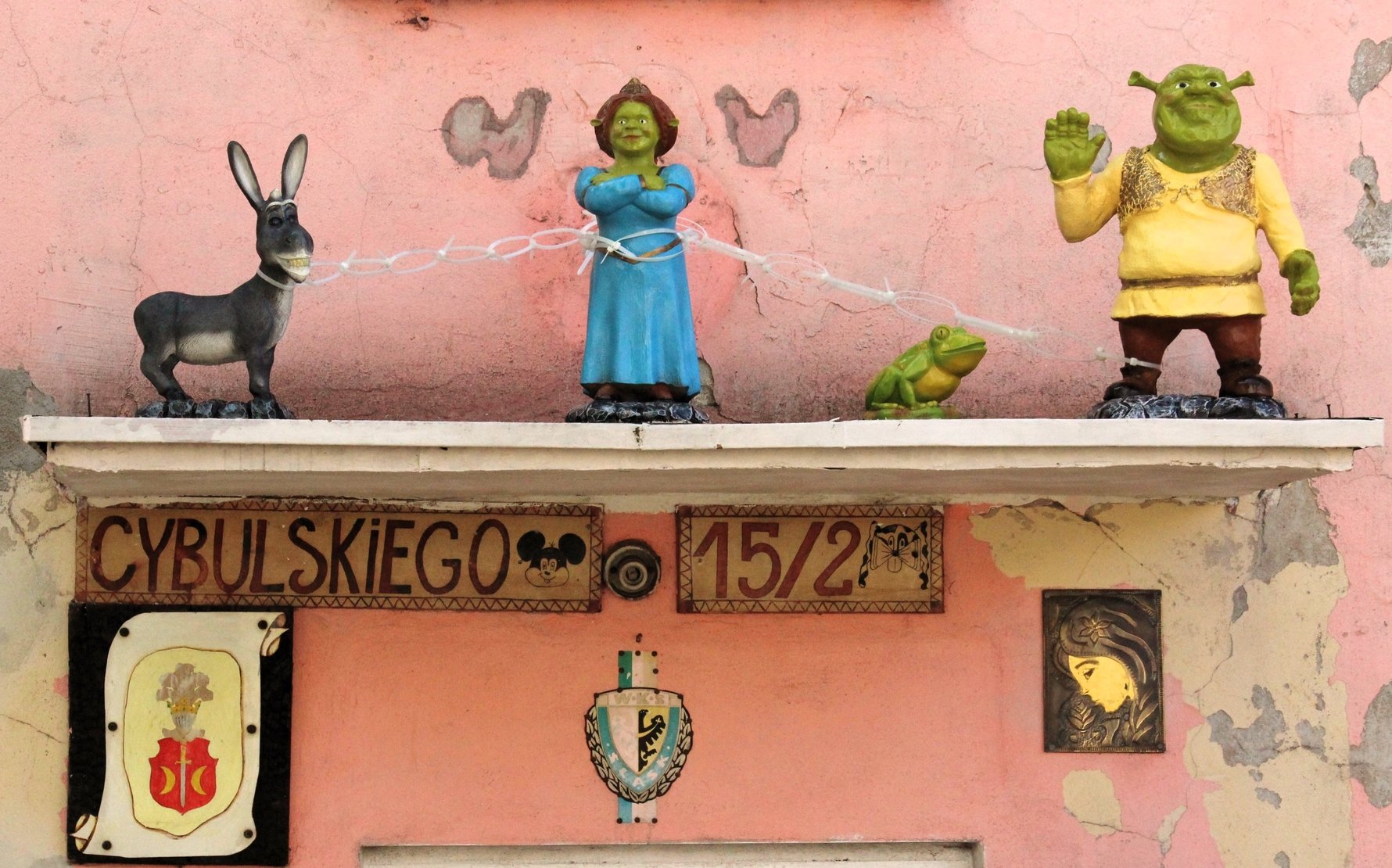
This 19th-century artisan district - severely damaged during WWII and plagued by poverty and alcoholism in the post-war years - has been the target of a huge urban revitalisation/overhaul project during the past decade. Once known as a notoriously dangerous and grim neighbourhood, Nadodrze has emerged as a firmly-established artistic district drawing creative minds from around the city and spawning new places of interest left and right. With a whole army of enthusiastic, efficient NGOs dedicated to improving every aspect of Nadodrze life - from renovating buildings and courtyards, to breathing life into the cultural landscape, to tackling socioeconomic issues - impressively much has been done here. And it seems the winds of change are blowing ever stronger. Tourists and Wrocław-dwellers are finally starting to appreciate the grand transformation the district has been undergoing and slowly viewing it as a place to escape the crowded main square or to take a break from museum-hopping and ticking off all the obligatory Wrocław sights. So don't be shy, dip underneath one of the nondescript archways to any of the spacious courtyards (true feats of 19th-century urban planning) beyond, and see what's been brewing in this off-the-radar area.
What to See in Wrocław Nadodrze
Believe it or not, Nadodrze actually has its own info point, just over the river at ul. Władysława Łokietka 5/1, which is a great place to gather some intel on the neighbourhood, or connect with its residents.

If Nadodrze landmarks are what you're really after, there are a couple things you want to keep an eye out for: Wrocław Nadodrze - the stunning-yet-derelict 1868 train station designed in the German historicist style by Hermann Grapow; the above-ground WWII-era air-raid bunker (located where ul. Św. Wincentego merges into ul. Ołbińska); the monument to Poles exiled to Siberia on Skwer Sybiraków; and the Nadodrze power plant - you won't need a map to find that last one. For the most authentic experience, we would recommend visiting some of the inner-building courtyards, which harbour many of the district's outstanding street art murals. Indeed, a mural-safari might be a great way to spend a couple hours – at last count, there were over 30 works of art gracing various walls around the neighbourhood.

If you're in need of a pleasant stroll or some bench-time, the river-side Józef Zwierzyniecki Boulevard is the most charming spot, but the district also has plenty of parks and green squares for you to rest in, the most inviting and expansive of which is bucolic Plac Św. Macieja (St. Maciej's Square) at the very heart of the neighbourhood. If you truly want to feel the pulse of this buzzing bohemian borough, however, you should seek out the funky cafes, bistros, galleries and resto-bars (the line is often blurred) that have been popping up like mushrooms after a storm, many of which we list below. Nadodrze is the perfect district to get lost in on a sunny afternoon; you never know what you might discover on the street or in the courtyard just around the corner.
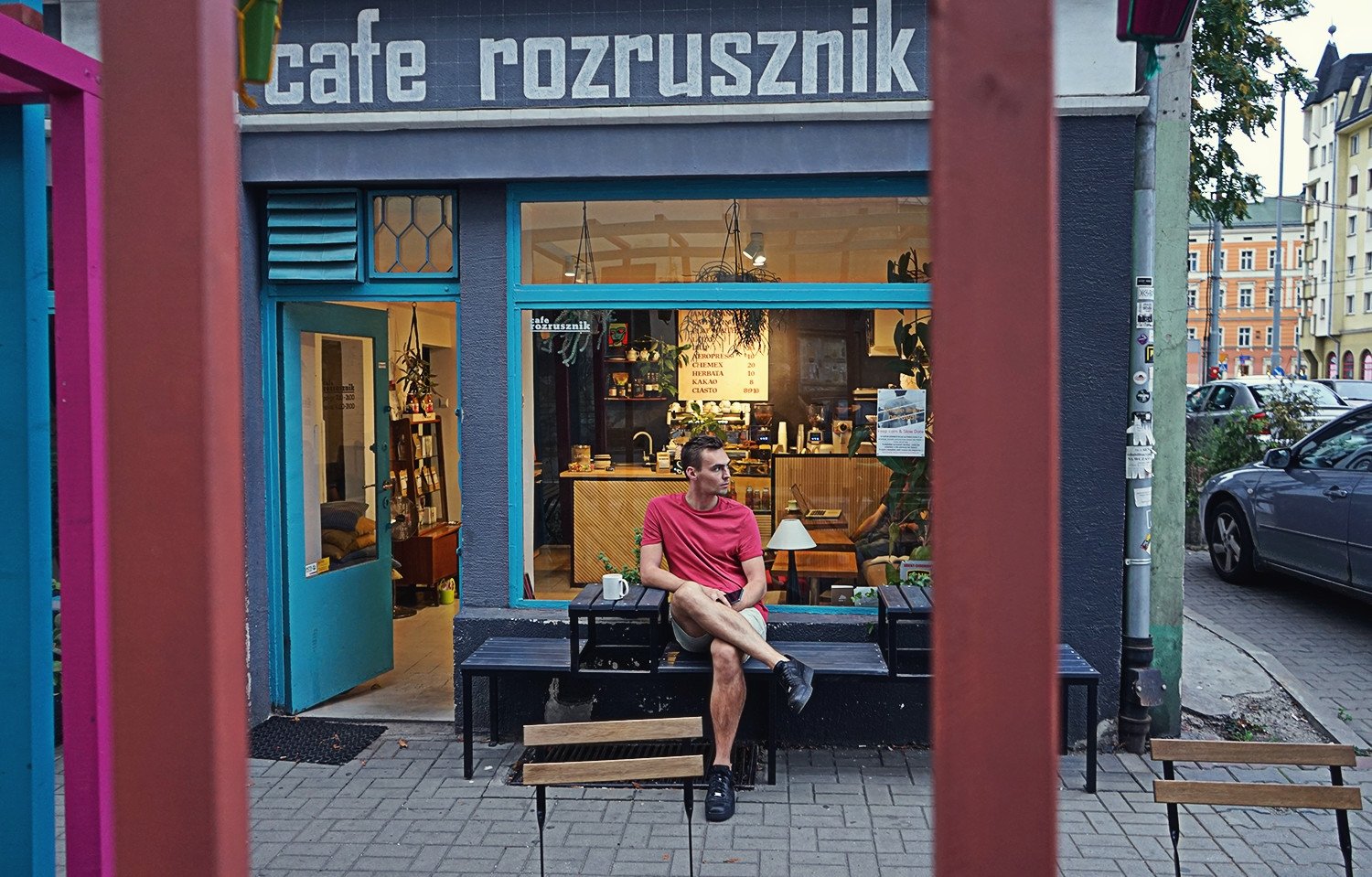



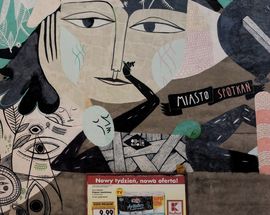
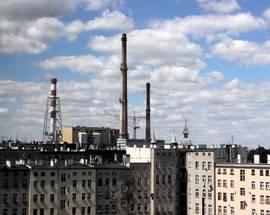
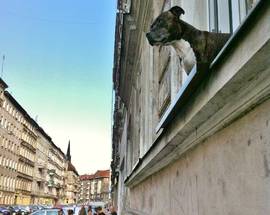
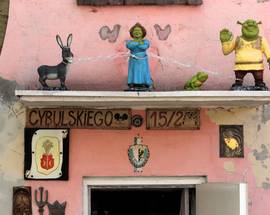
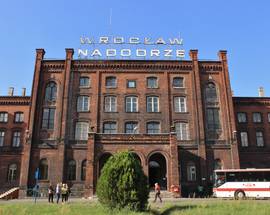
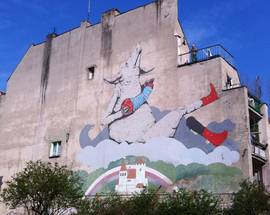
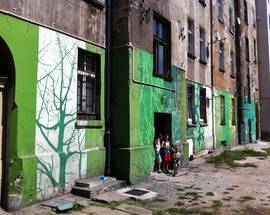

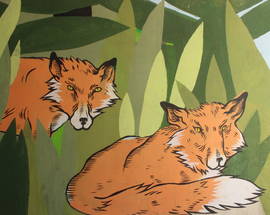
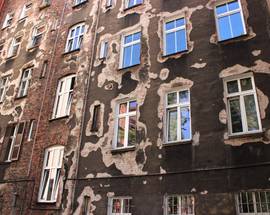
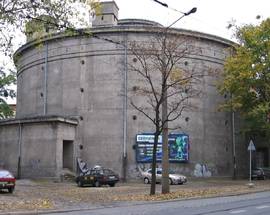
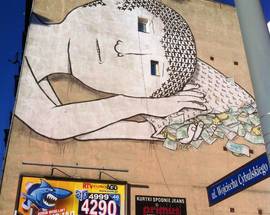
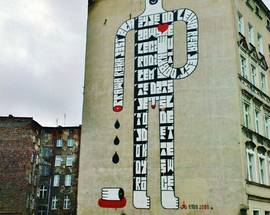

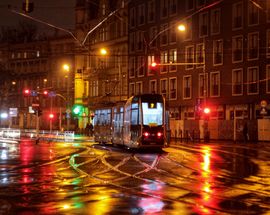
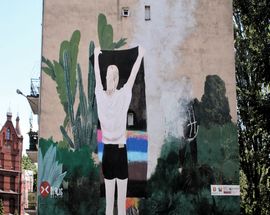
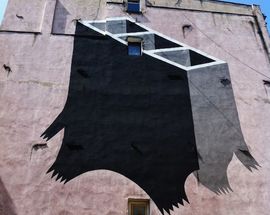

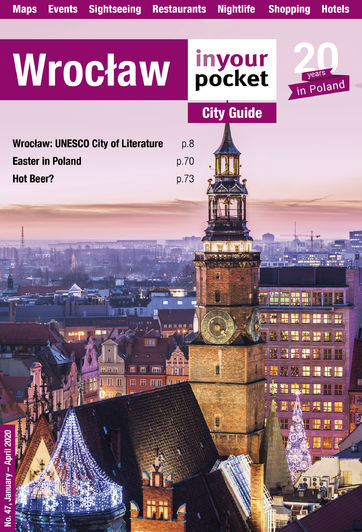


Comments